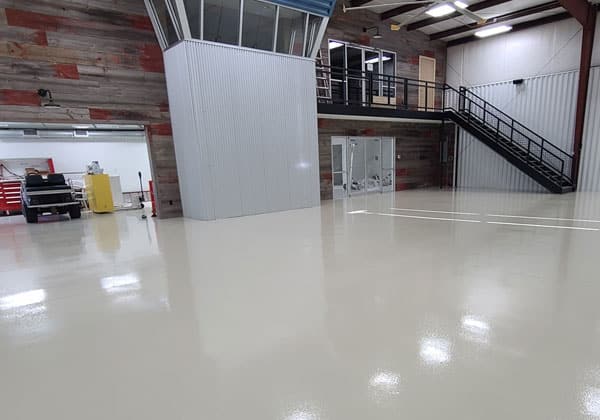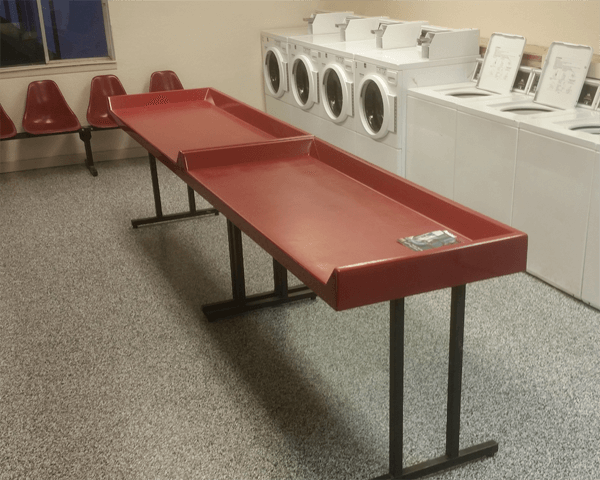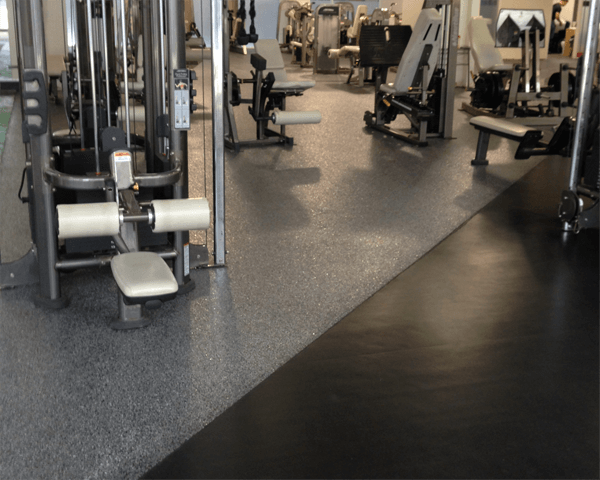Katy, TX industrial concrete floor epoxy coating is one of the best choices for industrial use. Epoxy flooring is a type of flooring that is made from epoxy resin. It is a strong and durable type of flooring that is resistant to many different types of damage. An industrial concrete floor epoxy coating is often used in commercial settings because it can withstand heavy traffic and is easy to clean.

Epoxy Technology Coatings has offered trusted flooring solutions for over a decade!
If you’re looking for high-quality, practical flooring, Epoxy Technology Coatings is the best option in the Greater Houston area. We offer a wide variety of flooring materials and styles to choose from, so you’re sure to find the perfect option for your business. We also have a crew of experienced professionals who can install your new flooring quickly and easily.
Epoxy Technology Coatings has over a decade of experience in the flooring industry. We can create any flooring style you want, whether you want flooring in a single color or something with a little more variety!
Call our office today to learn more about our services. You can also drop us an email or fill out our online form. Our crew is eager to work with your flooring!
Why Katy, TX Industrial Concrete Floor Epoxy Coating Might Be Right For You!
There are many different types of industrial flooring options that are available today. Concrete is one such option, as it is durable and has low maintenance requirements. However, concrete can be susceptible to staining and cracking over time. Thankfully, epoxy coatings can fix these issues and bolster concrete’s strength even more.
Epoxy floor coatings are made up of multiple layers of epoxy resin. It is often used in industrial and commercial settings because it is damage resistant and easy to clean. Katy, TX industrial concrete floor epoxy coating is also resistant to chemicals, oil, and grease, which makes it ideal for use in areas where those substances are present.
The secret behind epoxy flooring is that they are thermoset plastics. Thermoset plastics are a type of plastic that is made by curing a thermosetting resin with a hardener. For epoxy flooring, the epoxy resin is referred to as Part A, and the hardener is referred to as Part B.

Katy, TX industrial concrete floor epoxy coating is perfect for commercial spaces such as hotels, warehouses, and shopping malls.
Thermoset plastics are strong and durable, making them ideal for a variety of applications. They also tend to be heat resistant, which makes epoxy flooring common in industrial applications and automotive service centers.
Additionally, nowadays epoxy flooring can also be found in residential homes as well. Stores like Home Depot and Lowes sell DIY kits that homeowners can use to install epoxy floors in their garages and patios. However, while these DIY kits might be sufficient for home renovations, they are generally of lower quality than the mixtures professionals like Epoxy Technology Coatings use.
Here is how our crew generally installs Katy, TX industrial concrete floor epoxy coating.
Step 1: Concrete Preparation
Before the epoxy can be installed, it is important to prepare the underlying concrete surface. It needs to be completely cleared of any previous coatings or sealants. Additionally, it also needs to be cleaned off of grease, oil, solvents, and other contaminants or stains, as these can affect the curing of the resin.
Epoxy Technology Coatings will use an industrial grinder to grind down the top layer of the floor, ensuring a clean palette for the epoxy solution to be poured out over. The grinder will also open up pores in the concrete, which helps the epoxy adhere to the floor surface.
Step 2: Priming the Floor
Next, the crew will spread out a layer of epoxy onto the floor to act as a primer layer. Epoxy is created by blending epoxy resin and hardener together in a large container. While the epoxy produced from DIY kits is generally only about 50% solids (with water comprising the rest), the mixes that professional companies like Epoxy Technology Coatings use are 100% solids.
Once the epoxy is mixed, our crew will spread the primer mixture onto the floor using rollers, sprays, or squeegees.
Step 3: Adding Color
This is the fun part! Epoxy Technology Coatings offers lots of color options for our clients. Whether you want a fun pattern or prefer something in one single color, there is sure to be something to perfectly suit your business facilities!
Here are some of the color options we offer.

Get interesting patterns for your industrial floor using our epoxy color options.
- Solid epoxy floor colors
- Lava flow metallic epoxy floor colors
- Blended flake epoxy floor coverings
- Brindle flake epoxy floor coverings
If you choose a flake option, then our crew will scatter the flakes randomly across the floor while the primer layer is still sticky. This will produce unique patterns that are different from any other in the world! Your flooring will be one-of-a-kind. And the flakes don’t just serve a visual purpose – they also serve to increase the traction of the flooring.
Our crew will let the flooring dry for several hours so that the flakes have time to adhere to the primer. After the time is up, we will sweep up any excess flakes and store them away for reuse in future projects.
Step 4: Sealing the Floor
Now it is time to seal off the floor with a clear top coat. Our crew will spread one last layer of resin over the entire floor. This will help ensure that the flooring lasts for a very long time and increases durability.
The top coat and the rest of the floor will need to be cured for about 24 to 36 hours. Once the floor is cured, you will be back to business!
Epoxy Technology Coatings is eager to help you get the flooring your business needs. Call or contact us today at our Richmond office to learn more about how we can provide you with Katy, TX industrial concrete floor epoxy coating.
Katy, TX Fun Facts:
- It was known as Cane Island in the 1800s.
- Cane is not native to the area.
- Presumably, either the Karankawa Indians or Spanish explorers introduced cane to the area.
